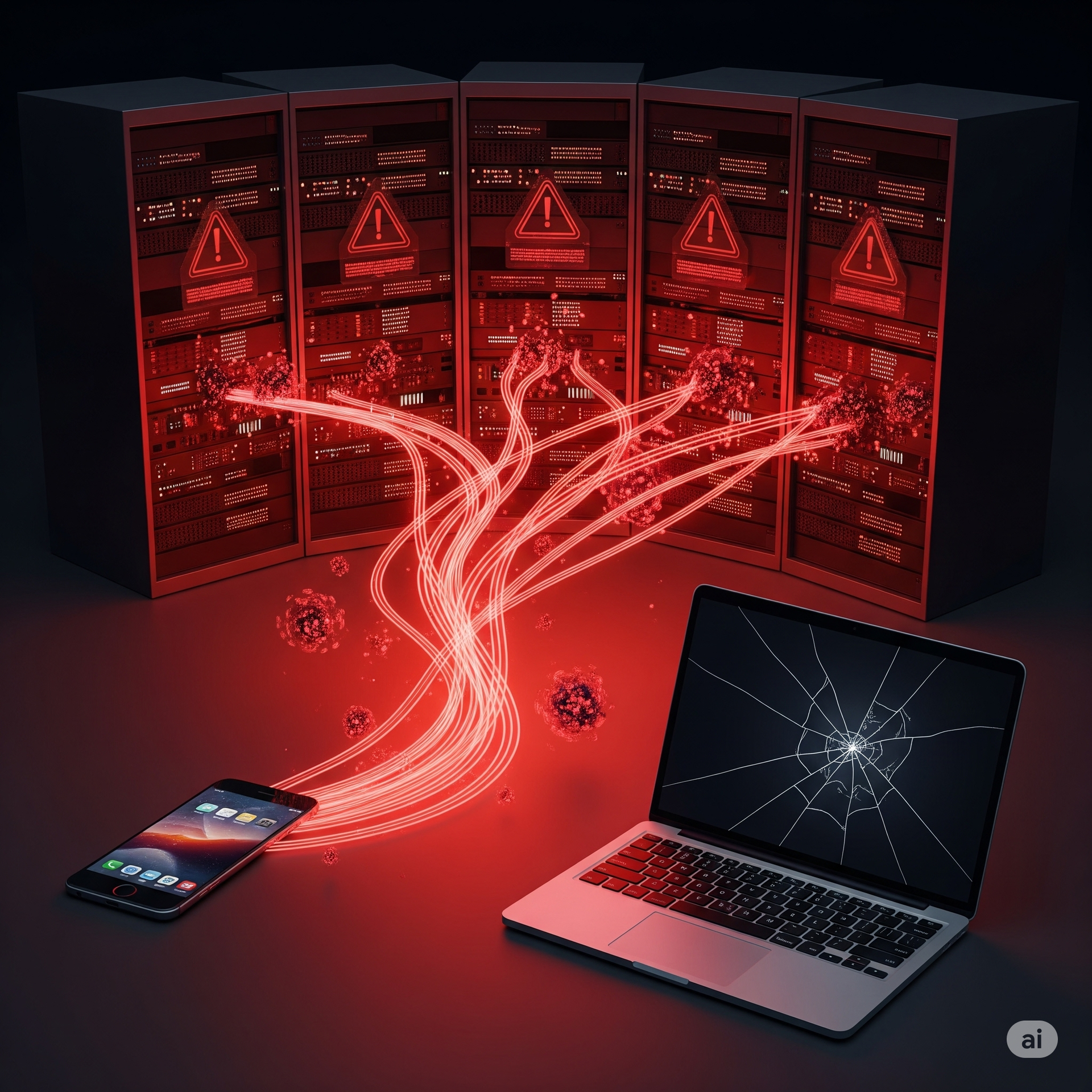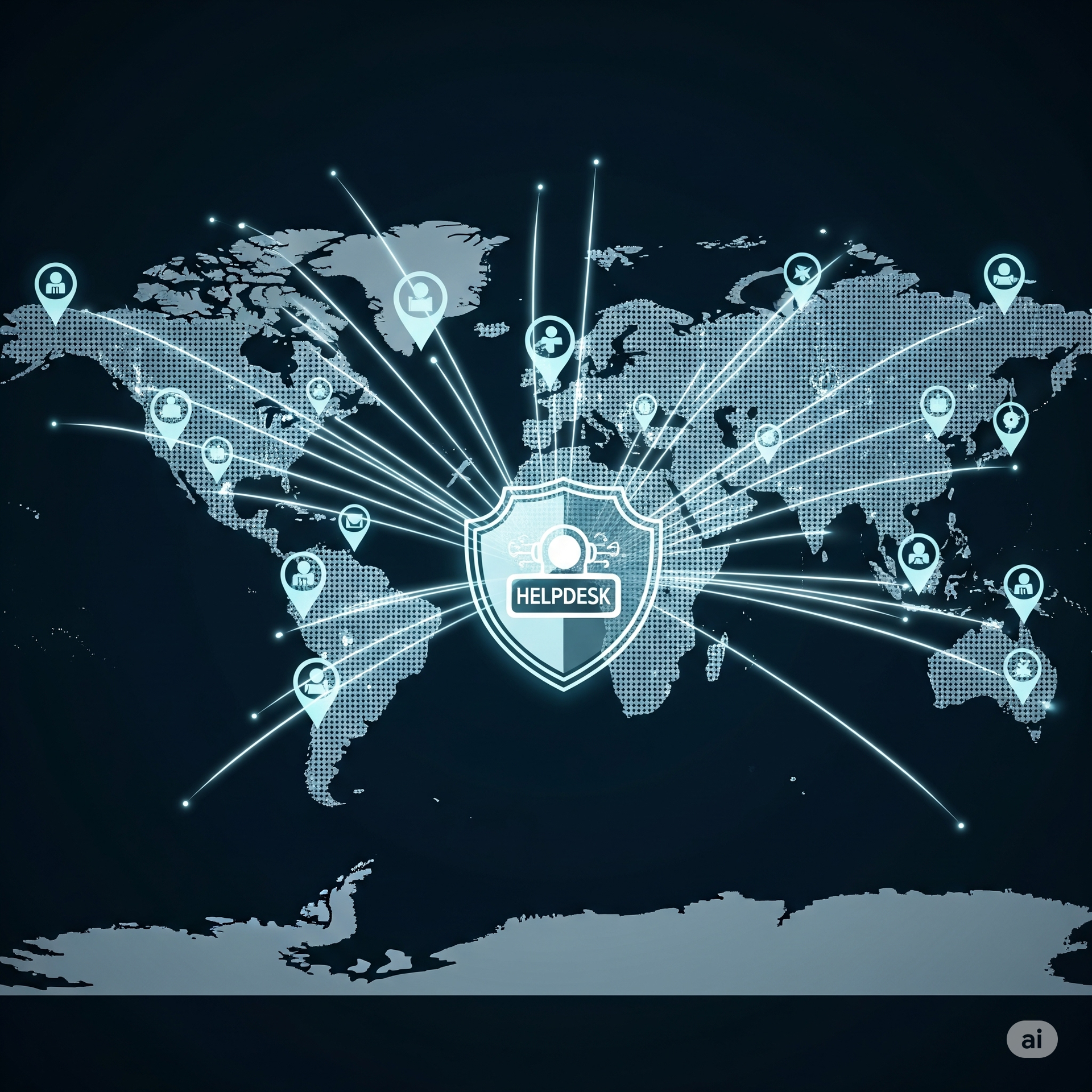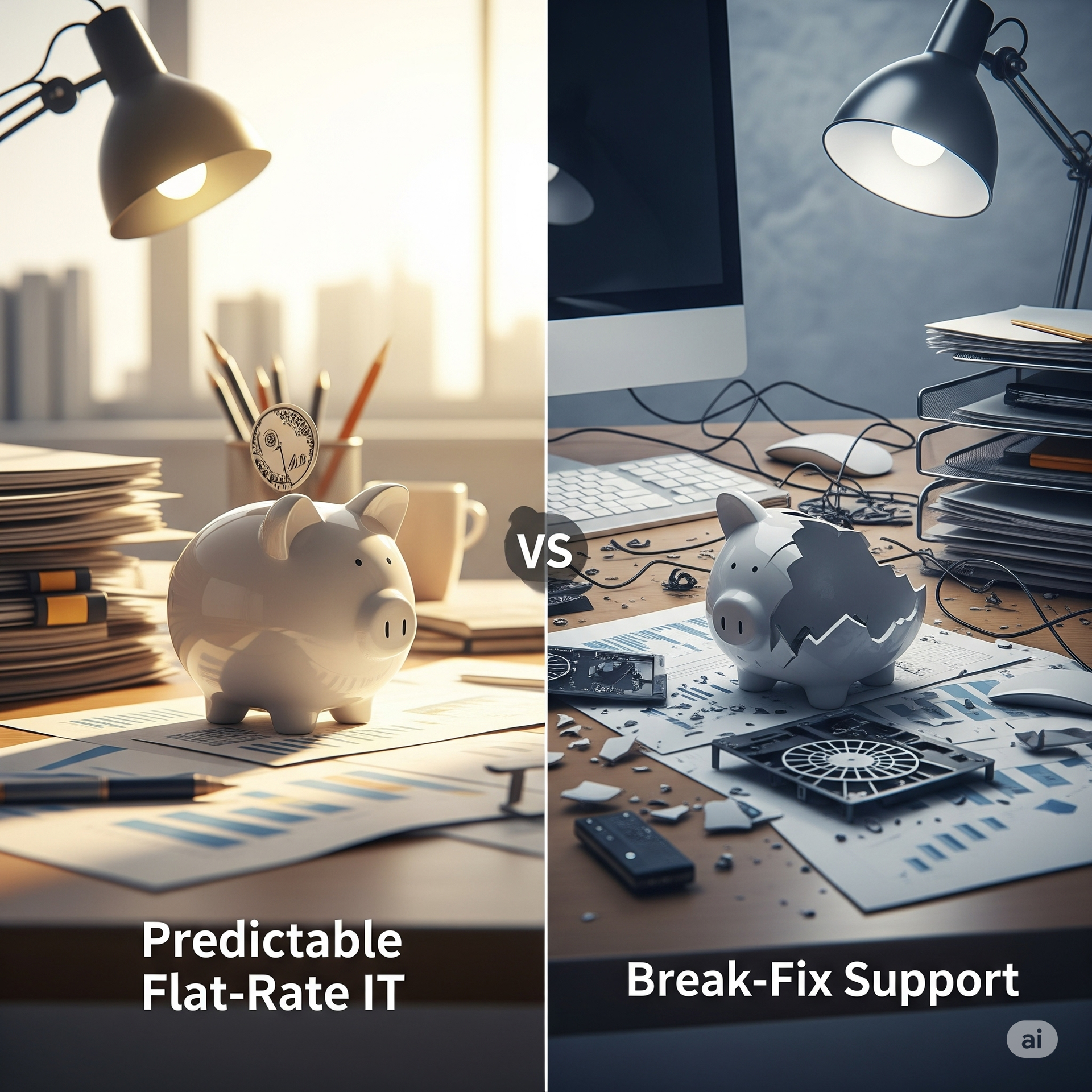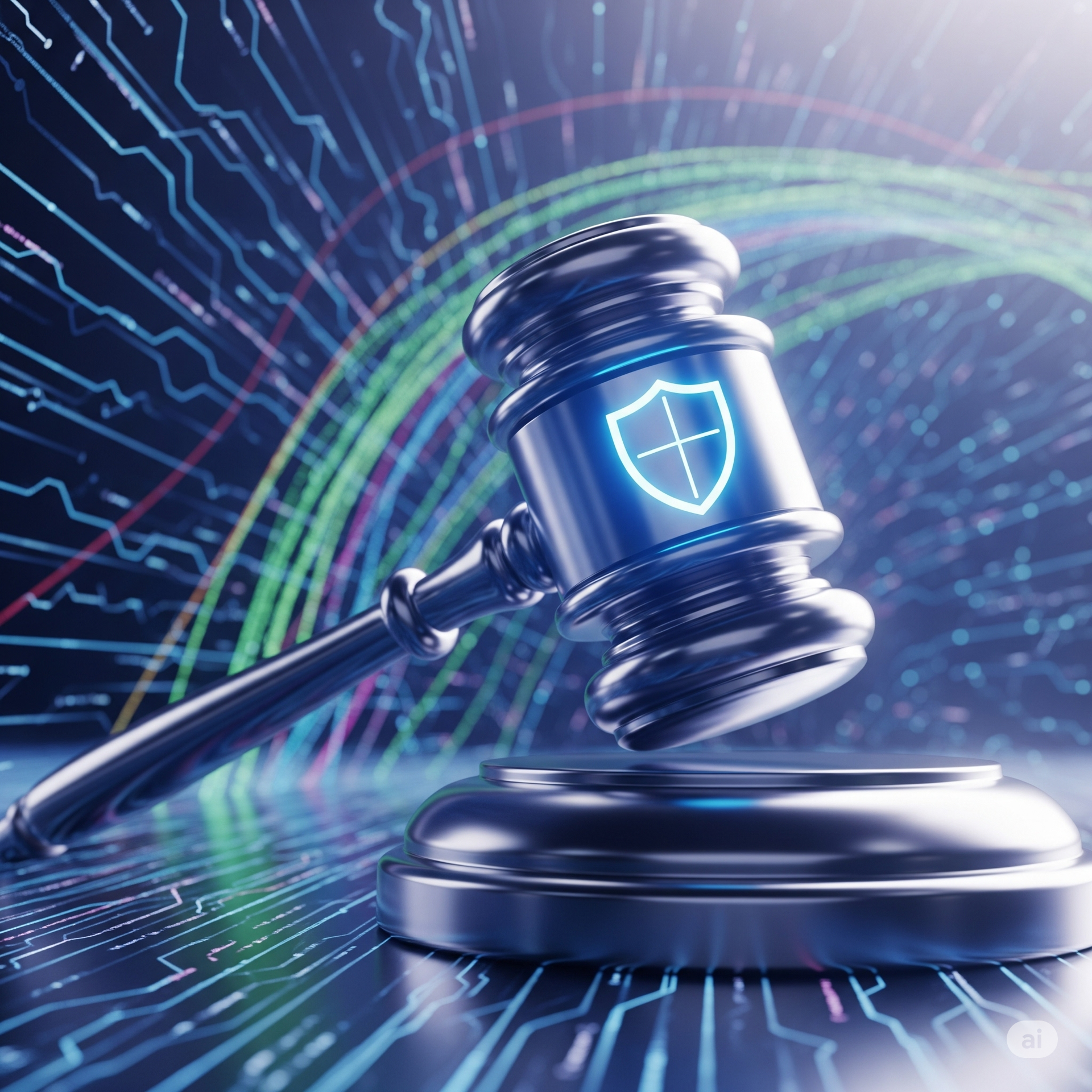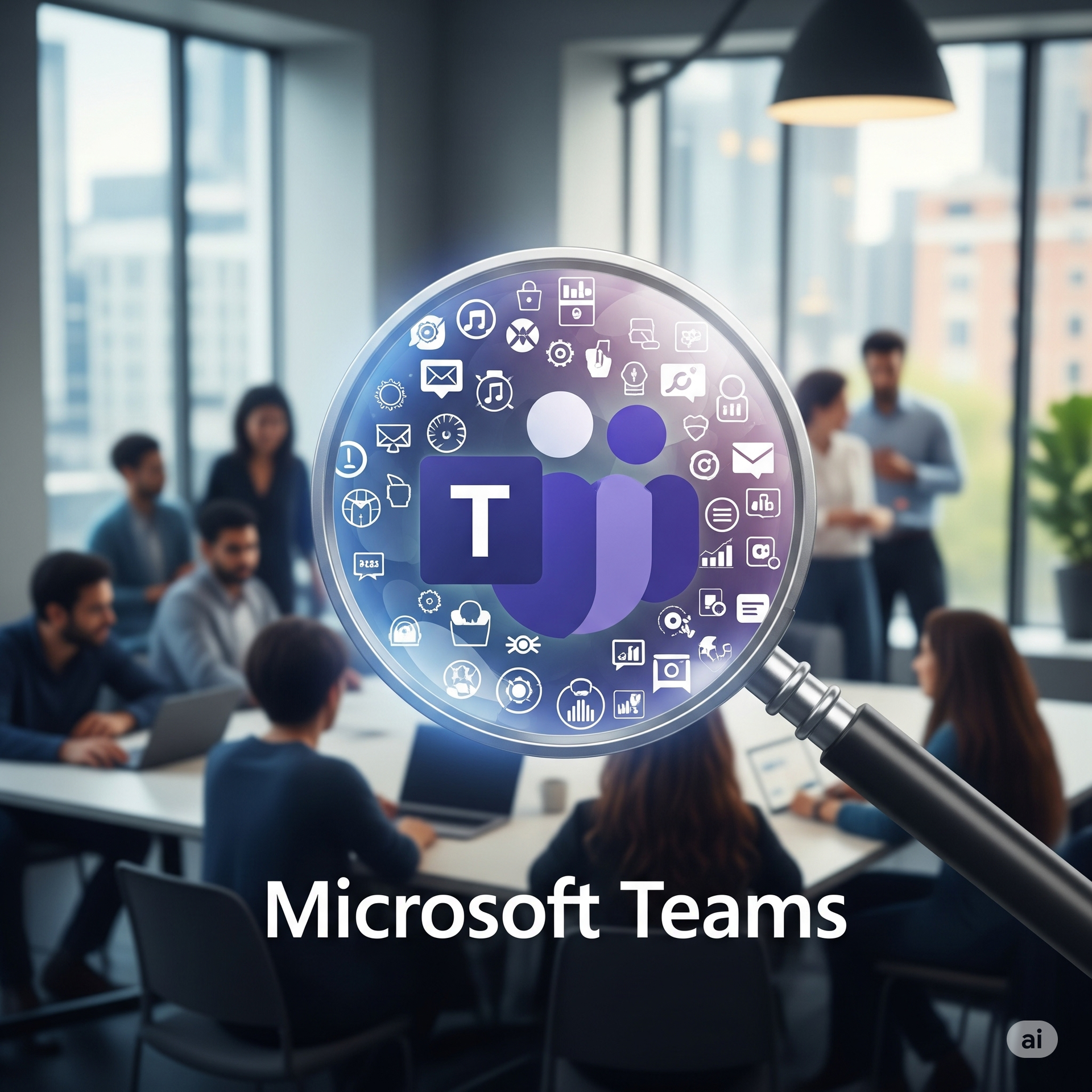Maximizing Cybersecurity ROI Through Employee Security Awareness Training
Maximizing Cybersecurity ROI Through Employee Security Awareness Training
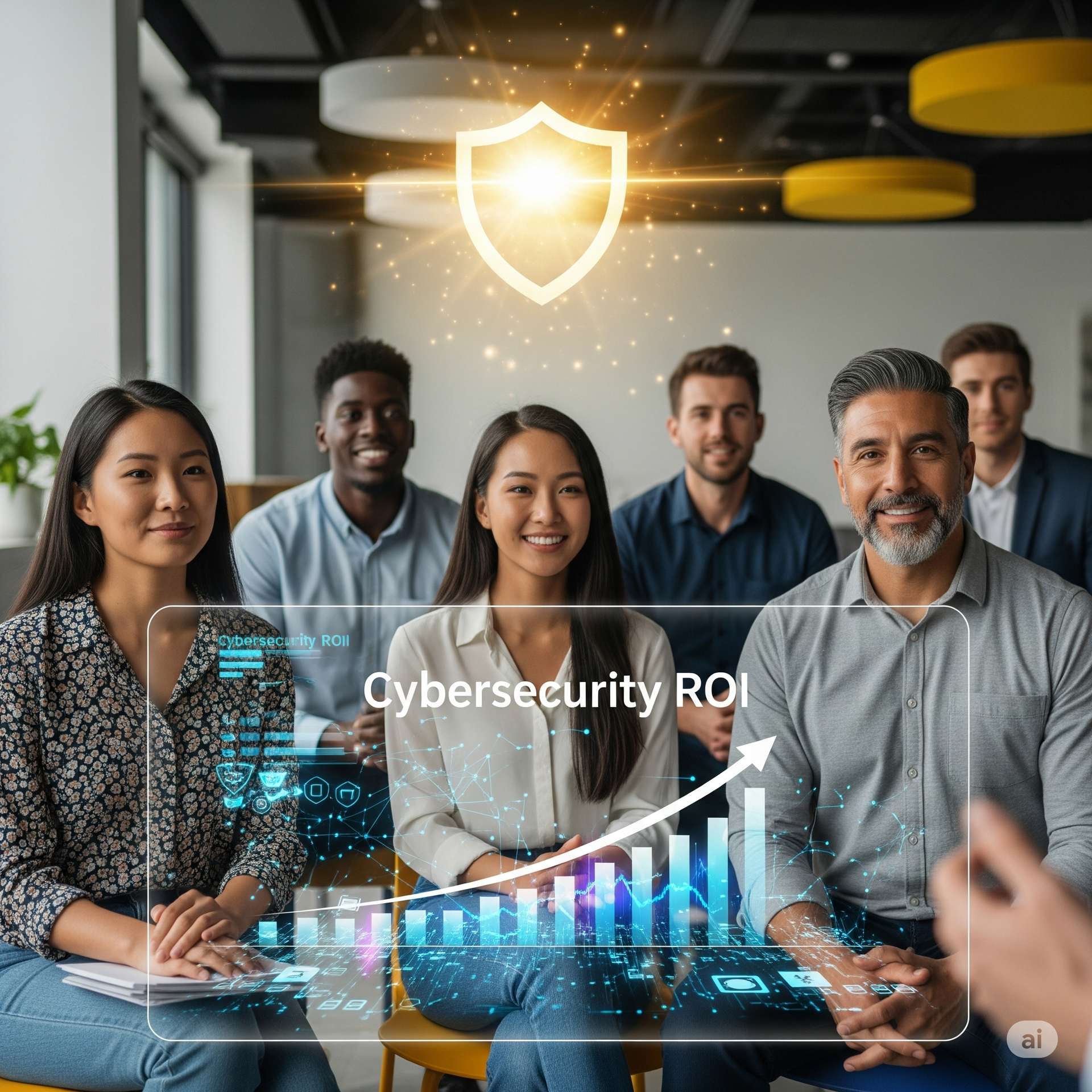
Unlocking the Full Potential of Cybersecurity Investments
In an era where digital threats loom large, businesses are increasingly investing in cybersecurity measures to protect their assets. However, maximizing the return on these investments requires more than just purchasing the latest technology; it demands a comprehensive approach that includes employee security awareness training. This training is a critical component in the cybersecurity strategy of businesses in San Marcos, Austin, Wimberley, and New Braunfels, Texas. Employees are often the weakest link in the cybersecurity chain, inadvertently exposing the organization to risks through phishing scams and other social engineering tactics. By investing in training that focuses on teaching employees to recognize and respond to cyber threats, businesses can significantly enhance their security posture. Moreover, a security-conscious workforce plays an essential role in protecting sensitive company data, thereby preventing costly breaches and maintaining customer trust. Effective training programs not only cover the basic principles of cybersecurity but also instill a culture of vigilance and proactive threat management among employees.
Key Elements of Effective Security Awareness Training
To ensure the success of a security awareness training program, businesses must focus on certain key elements. The content should be tailored to the specific threats that employees might encounter in their roles. Training sessions must cover a wide array of topics including recognizing phishing attempts, the importance of strong passwords, and the secure handling of sensitive information. Engaging delivery methods are crucial to keeping the attention of employees. Incorporating interactive modules, real-world scenarios, and regular assessments can enhance understanding and retention. Continuous education is vital, given the evolving nature of cyber threats. Regularly scheduled training sessions help keep staff updated on new vulnerabilities and security practices. Feedback mechanisms are also important, as they allow employees to express concerns and provide insights into potential security gaps that the organization might not be aware of. This feedback can then be integrated into the training program to ensure it addresses the most pressing security issues relevant to the organization.
The Role of Management in Supporting Security Awareness
While employees are at the forefront of cybersecurity efforts, management plays a crucial role in ensuring the success of security awareness programs. Leadership must prioritize cybersecurity as a core element of the company's overall strategy and communicate its importance across all levels of the organization. Management support can be demonstrated through budget allocation for training resources and technology. Additionally, fostering a culture of transparency and open communication encourages employees to report suspicious activities without fear of reprisals. Creating a recognition system for employees who demonstrate exceptional cybersecurity practices can further incentivize participation and foster a spirit of continuous improvement around security measures. Furthermore, executive-level buy-in reinforces the message that cybersecurity is a shared responsibility, integrating it into the organization’s fabric rather than treating it as a standalone initiative. This top-down approach ensures that everyone within the business understands their role in cybersecurity and works collaboratively towards minimizing vulnerabilities.
Enhancing Cybersecurity ROI: The Tangible Benefits
Investing in employee security awareness training yields substantial returns by significantly enhancing an organization’s overall cybersecurity framework. One of the most immediate benefits is the reduction in incident response costs, as trained employees are less likely to fall victim to phishing attacks and other common exploits. By preventing breaches, companies can also avoid the extensive financial and reputational damages associated with data breaches, safeguarding not only the bottom line but also customer trust. Training employees to be vigilant cyber sentinels helps in early detection and reporting of threats, which can drastically cut down the time and resources spent on managing incidents. Furthermore, a well-trained workforce can contribute to compliance with industry regulations such as GDPR and HIPAA, thereby avoiding hefty fines for non-compliance. The improvement in organizational morale and employee confidence when tackling security threats is an often-overlooked benefit that can lead to greater productivity and responsibility towards cyber hygiene in the workplace.
Ensuring a Secure Future Through Continued Education
As cyber threats become increasingly sophisticated, the need for ongoing employee education in cybersecurity cannot be overstated. Businesses in San Marcos, Austin, Wimberley, and New Braunfels must adopt a proactive stance by implementing structured and continuous training programs that evolve with the threat landscape. Organizations should focus on developing a curriculum that adapts to new vulnerabilities and incorporates lessons learned from past incidents. Partnering with a specialized IT firm like HCS Technical Services can augment an organization’s training efforts by providing expert insights and cutting-edge resources tailored to specific business needs. The long-term commitment to training translates into a resilient cybersecurity culture where employees remain informed, vigilant, and prepared to act as the first line of defense against cyber threats. In the rapidly changing digital environment, continued investment in security awareness training solidifies the foundation for a secure future, ultimately maximizing the return on cybersecurity investments for businesses of all sizes.
HCS Technical Services

